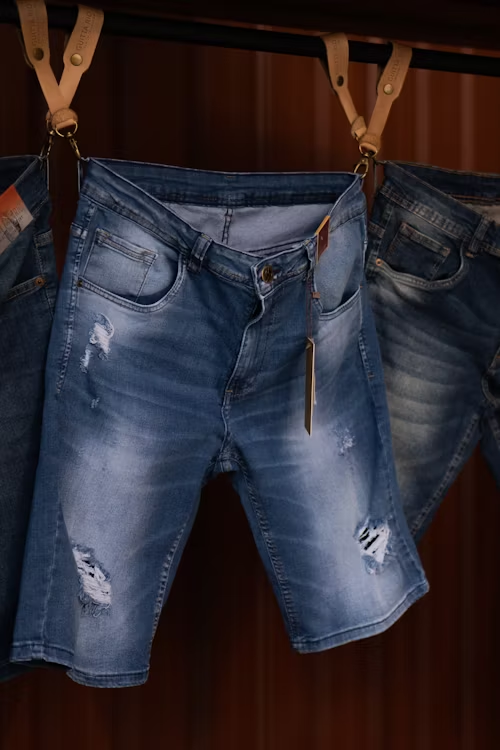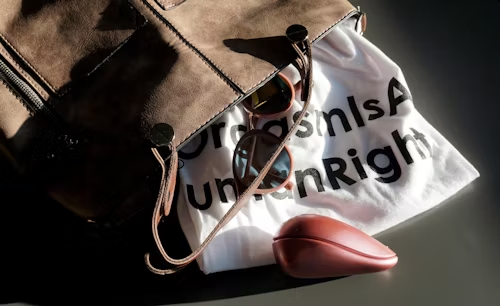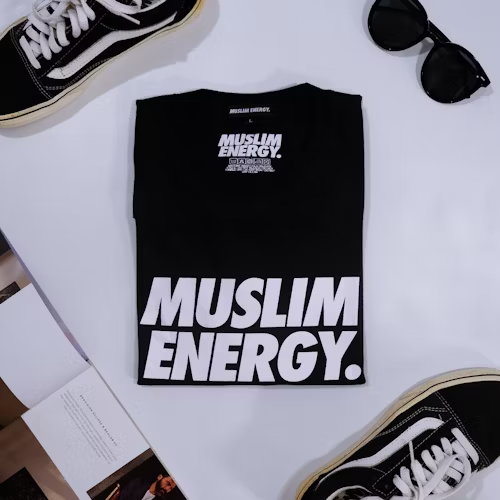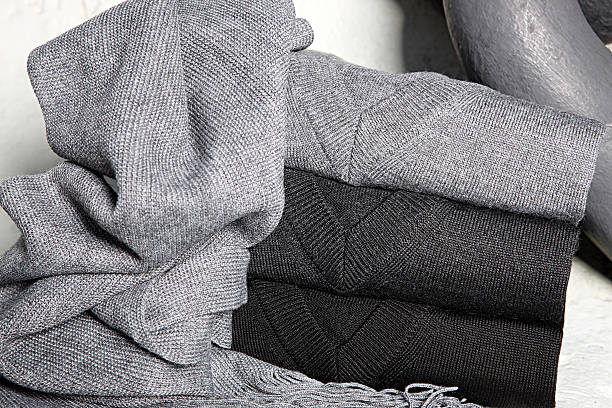In recent years, there’s been growing interest in sustainable fabrics. Hemp and cotton hemp are two eco-friendly alternatives to traditional cotton. Nevertheless, what is it that sets them apart? In this article, we’ll explore the differences between hemp and cotton hemp, and why these materials are gaining popularity in the fashion industry.
Hemp comes from the Cannabis sativa plant and serves as a natural fiber, while cotton hemp refers to a specific variety of hemp that manufacturers often blend with cotton to create softer, more durable fabrics.
People know hemp for its strength, durability, and eco-friendliness, while cotton hemp provides a smoother texture suitable for everyday wear, making both excellent choices for sustainable fashion.
Now that we’ve highlighted the key difference, let’s dive deeper into the advantages and disadvantages of each material, helping you decide which is the better choice for your wardrobe.
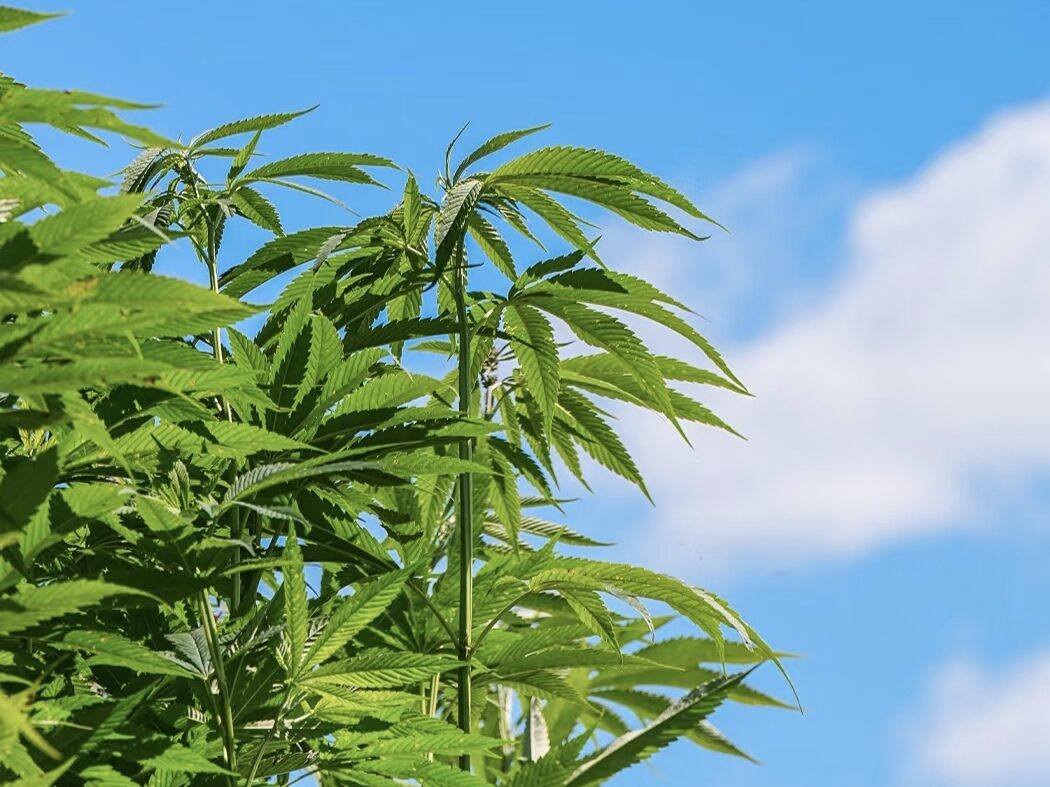
What is Hemp Fabric Made From?
Hemp fabric comes from the stalks of the Cannabis sativa plant. Workers extract the plant’s fibers through a process known as retting, which involves soaking the plant to break down the cellulose and release the fibers. Someone then spins these fibers into yarn and weaves them into fabric. Hemp is typically thicker, stronger, and more durable than cotton, making it ideal for rugged outdoor wear.
Hemp’s durability makes it an excellent material for items such as workwear, bags, and even home textiles. The fabric has a natural resistance to UV rays and mildew, making it perfect for outdoor gear. Hemp’s sustainable production process also helps minimize the environmental impact, using less water and fewer pesticides than cotton.
What is Cotton Hemp and How is It Different from Regular Hemp?
Cotton hemp is a blend of hemp fibers and traditional cotton, offering the strength and durability of hemp with the softness and comfort of cotton. This blend often creates fabric that feels softer and smoother than pure hemp, making it more comfortable for day-to-day wear. Cotton hemp fabric is also of a lighter weight in comparison to regular hemp, which may at times be stiff or coarse.
The cotton fibers provide a much-needed softness, making cotton hemp ideal for T-shirts, sweatshirts, and other casual wear. This combination allows the fabric to have a luxurious feel without sacrificing the environmental benefits of hemp. Cotton hemp blends are perfect for people who want the benefits of both fibers in a single garment.
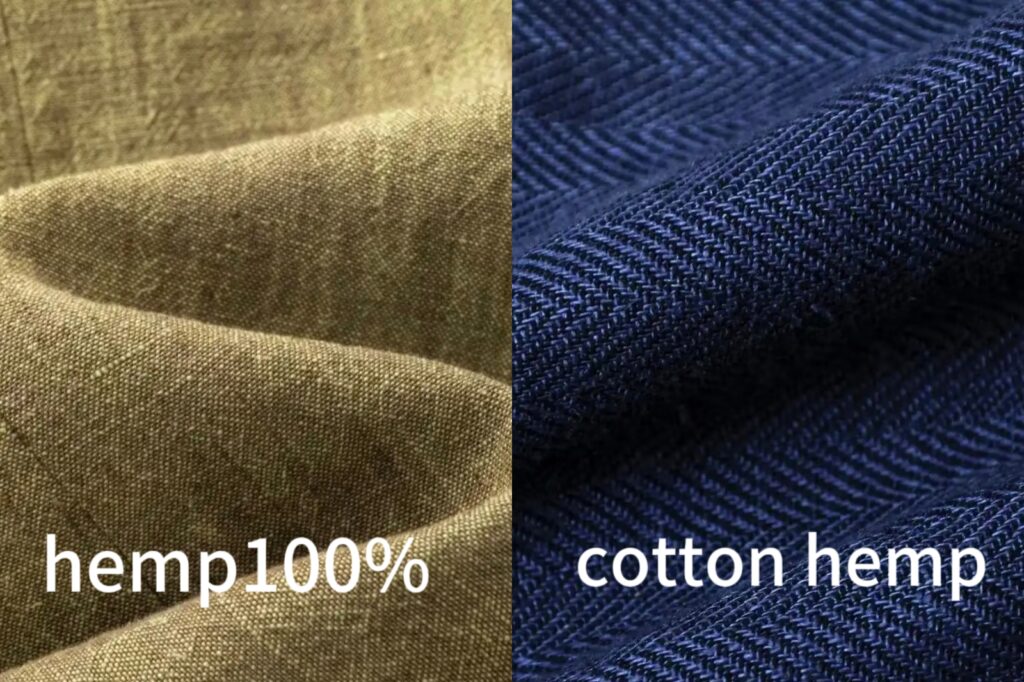
Why is Hemp a More Sustainable Fabric Than Cotton?
Hemp is much more sustainable than cotton because it requires less water and fewer pesticides. It grows faster, requires less land, and is naturally resistant to pests, reducing the need for chemical interventions. Cotton, on the other hand, is water-intensive and often needs large amounts of pesticides, which can have harmful environmental effects.
The rapid growth cycle of hemp—typically around four months—allows farmers to harvest it quickly without depleting the soil, unlike cotton, which takes several months to grow. Additionally, hemp is biodegradable, making it a superior choice for eco-conscious consumers.
Which Fabric is Better for Clothing: Hemp or Cotton Hemp?
Hemp fabric is incredibly durable and eco-friendly, making it a fantastic choice for long-lasting clothing such as jackets, pants, or workwear. However, it can be rougher and less breathable than cotton, which can affect comfort during hot weather. On the other hand, cotton hemp blends provide more softness, breathability, and comfort, making them perfect for T-shirts, sweatshirts, and other casual garments.
Cotton hemp fabrics combine the best of both worlds, offering eco-friendly durability with a soft texture. For those looking for comfortable, everyday wear, cotton hemp is an excellent choice that doesn’t compromise on sustainability.
Can Hemp and Cotton Hemp Be Used for T-Shirts and Sweatshirts?
Absolutely! Both hemp and cotton hemp are becoming increasingly popular in the casual wear market, particularly for T-shirts and sweatshirts. While pure hemp T-shirts are durable and moisture-wicking, cotton hemp blends provide a softer, smoother texture, making them more comfortable for daily wear. This blend is a great option for clothing that needs to balance durability with comfort.
People also recognize cotton hemp blends for their breathability, which is essential for clothing worn for extended periods, such as sweatshirts or T-shirts.
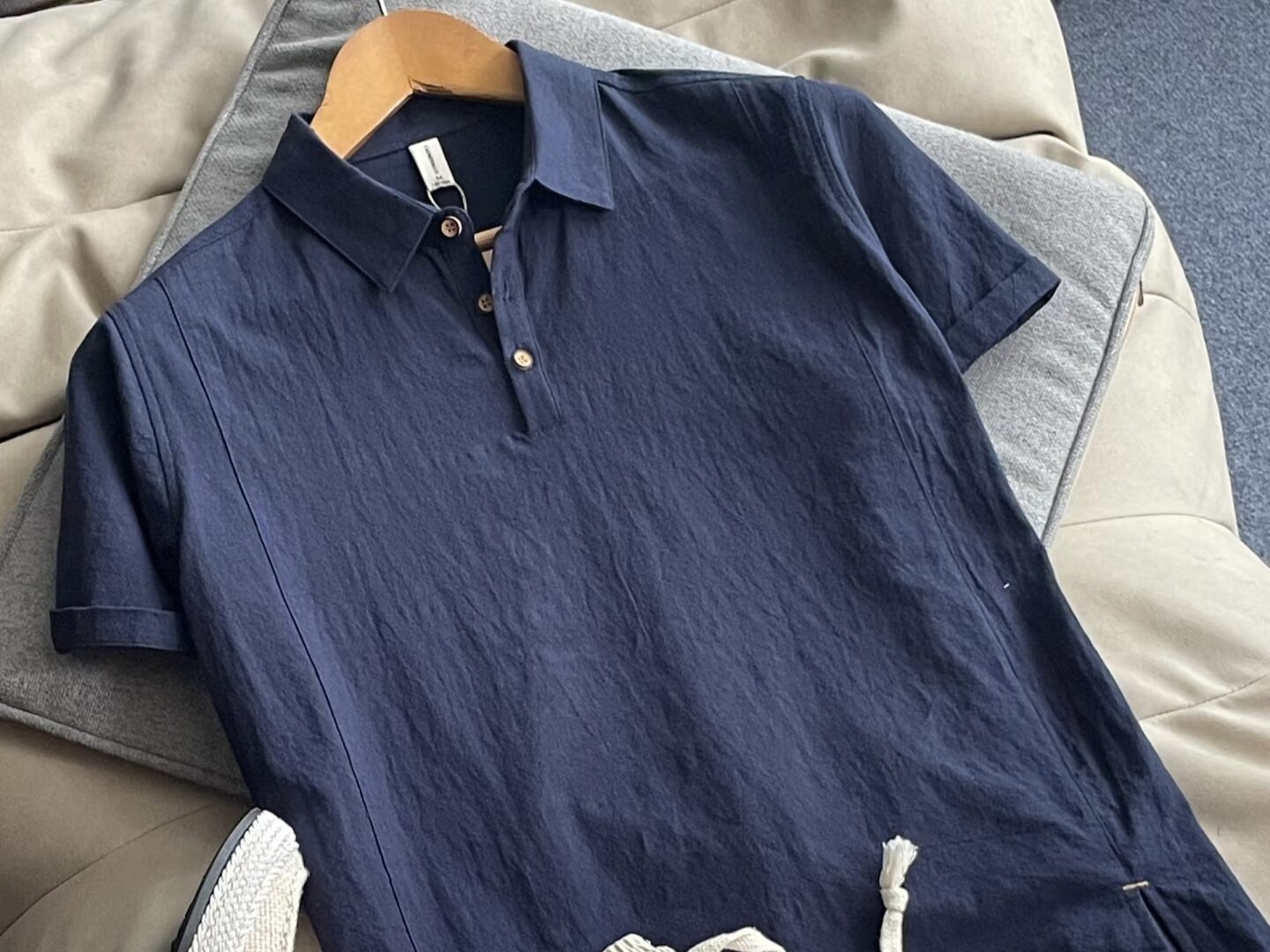
How Do Hemp and Cotton Hemp Compare in Cost?
Hemp fabric is generally more expensive because of its specialized cultivation and processing methods. However, manufacturers often price cotton hemp blends similarly to regular cotton fabrics, as the cotton component helps reduce the overall cost while still offering the eco-friendly benefits of hemp. The price difference can vary depending on the manufacturer and the specific blend used.
While hemp fabrics may require a higher initial investment, their longevity and environmental benefits often make them a worthwhile choice in the long run.
What Are the Key Differences in Production Techniques?
The production techniques for hemp and cotton hemp vary in several key areas. Hemp requires a more complex processing method, including retting and decortication, to separate the fibers from the plant’s stalk. This makes hemp fabric production more labor-intensive. Cotton hemp, being a blend, combines cotton’s simpler spinning techniques with hemp’s fiber extraction, often resulting in a quicker and more cost-efficient process.
Hemp’s more intricate processing methods also contribute to its higher cost, but the result is a stronger, more durable fabric. Cotton hemp’s production is generally more streamlined, allowing for greater flexibility and affordability.
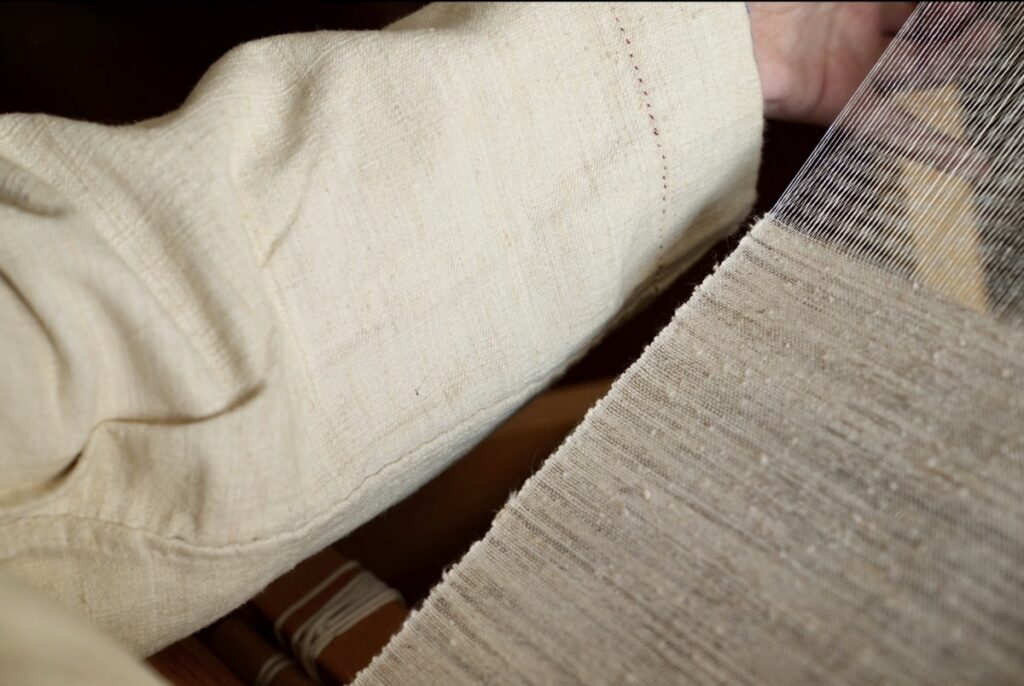
What Are the Applications of Hemp and Cotton Hemp Fabrics?
Manufacturers commonly use hemp in outdoor clothing, eco-friendly accessories, and even home textiles like rugs and towels because of its durability. Its resistance to mildew and UV light also makes it ideal for outdoor gear. On the other hand, designers primarily use cotton hemp in fashion-forward, everyday apparel such as T-shirts, sweatshirts, and casual dresses, which offers a blend of comfort and strength without sacrificing softness.
Cotton hemp’s softness makes it ideal for casual, comfortable clothing, while hemp’s durability is perfect for functional garments designed for tougher conditions.
Summary
Choosing between hemp and cotton hemp depends on your priorities—whether you value eco-friendliness, comfort, or cost. Both fabrics offer significant benefits for sustainable fashion, but understanding their differences in production and application will help you make the right choice for your next wardrobe update.


